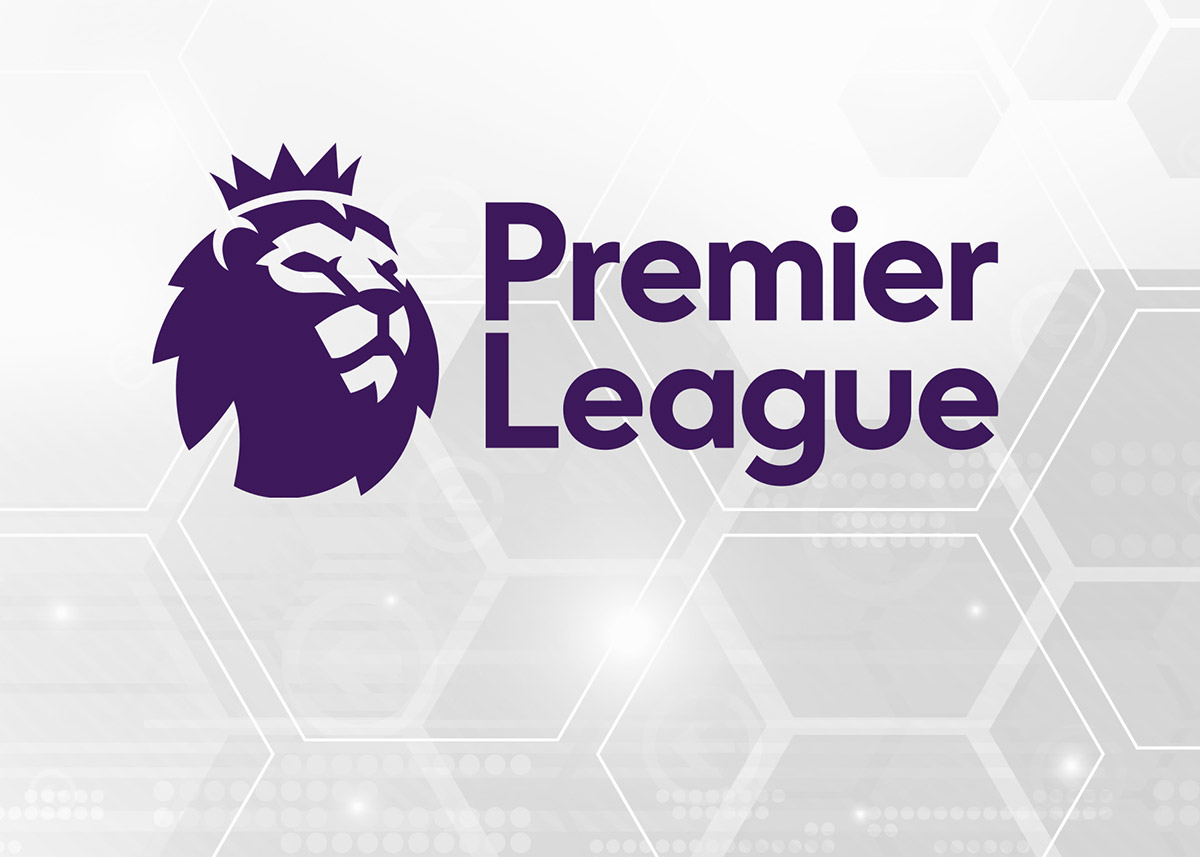Everton Books:
Everton - The School of Science
| Everton |
| The School of Science James Corbett, 2003. Macmillan; (432 pages) ISBN: 1405034319 — Hardback |
|
From Everton's first league match (a 2-1 victory over Accrington) to the glorious championship team of 1938-9; from the relegation of the early Fifties to the dramatic FA Cup victory of 1966; from Dixie Dean to Gary Lineker; from John Moores to David Moyes; Everton's history has been studded with triumph and, as any fan knows only too well, disaster. Look back, if you can bear it, to the regime of 'Agent' Johnson. Marvel at the achievements of the team built by Harry Catterick. Relive the glory of the 1987 season. Reacquaint yourself with Tommy Lawton, the Wayne Rooney of 1938. James Corbett's history of the side goes behind the scenes and uncovers the stories of the individuals who made the club, from the boardroom to the boot room. Written with the enthusiasm and stoicism of a committed Toffeeman, the wit of a fanzine and the authority of a historian, Everton: The School of Science should be the ultimate guide to the team's story. At over 400 pages, with 175,000 words of dense text, it was quite an achievement for Corbett to get this mammoth work — his first book — published by a major publishing house like Macmillan. James wrote the book in 2002 and early 2003 when he was starting out as a journalist. At the time, he didn’t have an agent or a publisher. While doing a little freelancing he worked tirelessly for months – unpaid – on the book, taking a chance that someone would recognize his effort and share his enthusiasm and love for the club. He got lucky and, after a lot of arm-twisting, persuaded Macmillan to publish it. That in itself was something of an achievement as major publishing houses don’t generally touch club-specific books with a barge pole (unless its one about Man Utd). Nothing like it has been written about Everton since the centenary work by John Roberts 25 years ago. Macmillan would probably have found it more profitable to publish a picture book about the Blues with fewer pages and less words. They usually don't consider ‘serious’ books about football because the perception is that football fans are a bit thick. In such a Herculean effort, there are likely to be a few errors, be they editorial typographic or factual. Eagle-eyed readers who devoured Corbett's tome did find the occasional mistake. For example:
James Corbett has assured us that these and other minor errors and have been fixed in the paperback version of the book (see below). Hardback Price: Ł17.99 Published: 17 October 2003 |
|
|
| Everton |
| The School of Science James Corbett, 2004. Macmillan; (432 pages) ISBN: 0330420062 — Paperback (2004) |
|
To coincide with the 125th Anniversary of the foundation of Everton Football Club, as St Domingo's FC in 1878, ‘The School of Science’ tells the stories of the great and the good involved in Everton’s long and distinguished history. It sets out to bring back to life many fans memories and add fresh light to times they weren’t around to experience. It aims to be a comprehensive history of the club, a true record of the club’s long and proud history. Starting with Everton’s humble beginnings as a church side, it tells of how they developed to become the city’s biggest team and founder members of the Football League. It tells of the split that led to the formation of their neighbours and great rivals Liverpool, and with it the move to their present home Goodison; of the first Championship win; and when the FA Cup was first brought back to Merseyside in 1906. Success has always seemed to have been followed by tragedy for Everton, and the book will describe how Everton twice had Championship winning sides broken up by war, in 1915 and 1939. In-between these dates came Dixie Dean; his 60 goal season; and Dean’s heir, Tommy Lawton, often described as England’s most gifted centre forward. Crowds in this time regularly topped 60,000 and Everton won the Championship three times in the interwar years. After the Second World War, they were a club in decline and eventually relegated. The book describes how this decline was arrested by the emergence of Dave Hickson, and later, greatness was returned in the Sixties by the chairmanship and money of pools magnate John Moores, plus the wily management of Harry Catterick. Everton’s ‘Golden Era’ was characterised by such legends as Alex Young, Roy Vernon, Ray Wilson and Joe Royle. Their tales both on and off the pitch are as fascinating today as they were then. The Seventies were a period of living in Liverpool’s shadow, but The School of Science tells of some of the black humour that made this decade bearable and of many of the characters involved at the time. Out of seemingly irreversible decline came the successes of the mid-eighties, glory years that many still fantasize about: the dream team of Southall, Ratcliffe, Reid, Steven, Sharp, Gray, Heath et al. Uncertainty, then more decline came with the departure of Howard Kendall in 1987, and later managers failed to live up to his success. His latest successor, David Moyes, has shown signs that the good times may not be too far away and The School of Science concludes with an assessment of his prospects. Essentially a narrative history, each chapter focuses loosely on the experiences of an individual involved with the club – be it a fan, a player, or the chairman – and tells the story in the context of that individual. It is an alternative but more interesting method of telling history and gives the reader a way of relating to the events as they unfold on the page. The intention is to entertain as much as to inform and provide the definitive record of Everton’s fascinating and extensive past. Paperback Price: Ł8.99 Published: 3 September 2004 |
|
|
|
Reviews (from the Review Centre)
As an Evertonian this book has been a long time coming but the wait was
certainly worth it. From the foreword by our very own Golden Vision,
Alex Young, this book is impossible to put down. The first words of
Chapter One encapture what it means to be an Evertonian and go to Goodison
to see the mighty Blues. Having spent most of my adult life reading dull sporting picture books
this masterpiece describes the life and history of one of the worlds oldest
and stylish football clubs. It is possible to read it in bit size
segments or to digest the whole thrilling story from Victorian beginnings to
the age of Moyes and Rooney. Written from the angle of a trained
historian with a background in fanzine wit and irreverence, this book lifts
the lid off the stories of footballing glories and puts the reader into a
fans eye view of Dixie Deans 60th goal and exposes the trauma and decay of
the Johnson era. I am the uncle of the author so obviously have an interest but as a
season ticket holder of 46 years standing really believe this is the
authentic account of our beloved Blues from an academic historian as well as
'cradle toffee'. Our family's support go back to the founding of the
club and James has done us great credit in maintaining the tradition. |
|
|

 2004 marked the 125th anniversary of Everton Football Club, one of English
football's oldest and most successful teams. The School of Science
represents an ambitious and history of the club told by James Corbett, a lifelong Everton fan
and the founder of the briefly popular fanzine, Gwladys Sings the Blues.
2004 marked the 125th anniversary of Everton Football Club, one of English
football's oldest and most successful teams. The School of Science
represents an ambitious and history of the club told by James Corbett, a lifelong Everton fan
and the founder of the briefly popular fanzine, Gwladys Sings the Blues.
.jpg) Everton are one of the oldest, most respected and best supported teams in
English football. They are founder members of the Football League
and Premiership, nine times League Champions, five times FA Cup winners,
and once European Cup Winners Cup winners. Theirs is one of the most
fascinating stories in football encompassing the tales of such luminaries
as Jack Sharp, Dixie Dean, Tommy Lawton, Dave Hickson, Alex Young, Brian
Labone, Joe Royle, Greame Sharp, Neville Southall, Gary Lineker and Duncan
Ferguson, their successes and failures, plus the fans memories and
experiences of them.
Everton are one of the oldest, most respected and best supported teams in
English football. They are founder members of the Football League
and Premiership, nine times League Champions, five times FA Cup winners,
and once European Cup Winners Cup winners. Theirs is one of the most
fascinating stories in football encompassing the tales of such luminaries
as Jack Sharp, Dixie Dean, Tommy Lawton, Dave Hickson, Alex Young, Brian
Labone, Joe Royle, Greame Sharp, Neville Southall, Gary Lineker and Duncan
Ferguson, their successes and failures, plus the fans memories and
experiences of them.









